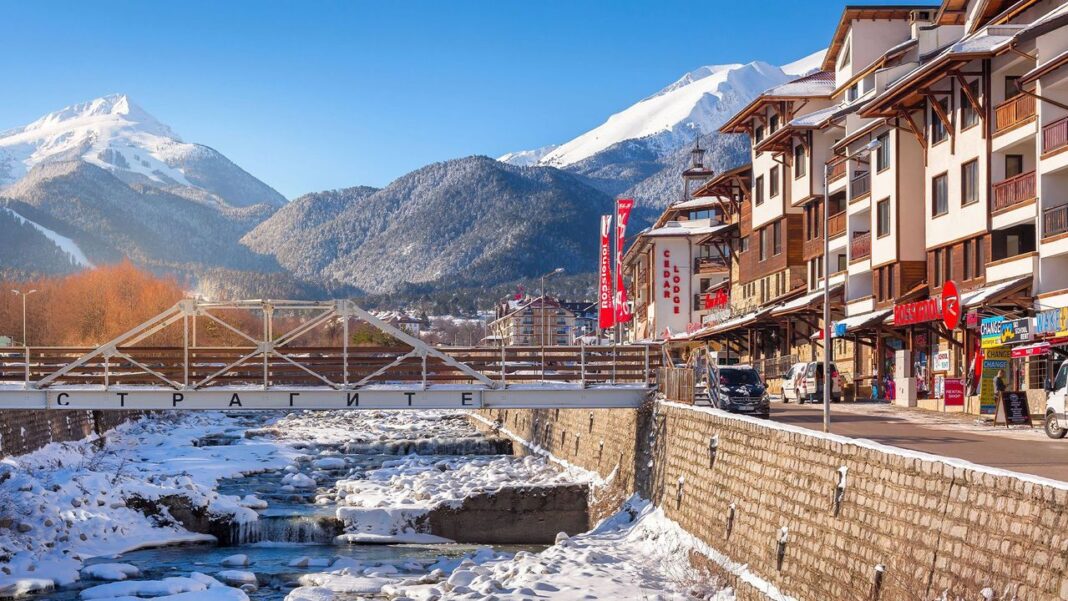Leisure Pursuits In Bansko Bulgaria:
1. WINTER FISHING:
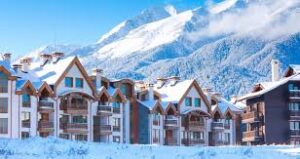
Who said that it is only good to have a holiday abroad in the summer? Winter is a wonderful time when a family who has come to Bulgaria has a unique opportunity to see ice fishing with their own eyes and even take an active part in it. Enchanting snowy nature, fresh frosty air, bright sun and excitement! What could be more interesting than this? If you are tired of the abundance of museum treasures and have fully enjoyed the architectural monuments, then going to an ice-bound lake or river is a great alternative to cultural recreation.
Test yourself, try your strength in ice fishing. Ice fishing is one of the favorite winter activities for both children and adults. Your young travelers will be very happy to join in the process of fishing. Moreover, they will then be able to eat the entire catch with a sense of accomplishment. Don’t worry if you have no experience in this kind of thing, professional fishermen in Bansko will give you a master class and you will fall in love with winter fishing forever. You will be taken to one of the many reservoirs where trout is bred. By the way, the nearest one is only 8 km from the Bansko ski resort. First, you will be given the opportunity to enjoy fishing, after which you will be offered to cook it or entrust this sacrament to a specially trained person.
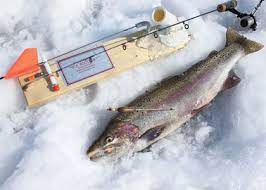
A skilled cook will bake the trout or make a fragrant fish soup from it, and you and your children will enjoy the enchanting taste of the fish caught with your own hands. What is attractive about ice fishing in Bulgaria? Yes, first of all, because you can get to the most inaccessible places along the frozen lake, where the path is, of course, closed in the summer. In addition, the fish are less active in winter. Trout gather in a large school and almost always stay in one place. And this means that catching a fish in an ice hole will not be difficult even for your little fisherman.
If you want to fully enjoy the process of winter fishing, be sure to keep warm. Pay special attention to special shoes and thick mittens. If your hands and feet are warm, you can easily sit in front of the hole waiting for fish for even a few hours. Although, as a rule, tourists do not have time to freeze during winter fishing, since its duration is no more than an hour. Experienced fishermen will provide you with the necessary gear and give advice on how not to miss the catch. If your ice fishing is successful, then after you will have a feast of baked trout, rakia and local wine.
2. PIRIN 2000 SKI SCHOOL:
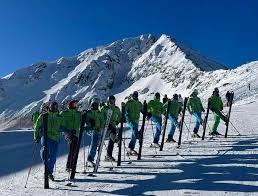
The Pirin 2000 ski school was established in 2000 and is a frequent winner among the best schools in the field of skiing in the Bansko region. The instructors have all the necessary certificates. The school itself is a member of the Association of Ski Schools and Ski Instructors “Bulgarian Ski School”. The school offers group and individual lessons with professional instructors. Special rates are available for couples. Compared to other large ski schools, the number of students in a group is small, which allows for the most efficient use of the time allotted for the lesson.
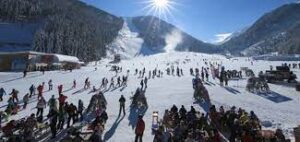
It is also very convenient that in addition to the standard 4-hour lesson, the school has an option of 2-hour lessons, which are ideal for children. Children who are already 6 years old (sometimes, as an exception, 5-year-olds) are invited to children’s groups, individual lessons with an instructor are possible for children aged 5 and older. Lessons for beginners are held in a special area with gentle slopes, after a few days of lessons, children move to the usual blue and red slopes. The school does not have its own kindergarten, but you can use the services of the kindergarten located at the upper gondola station, which accepts children aged 4 and older. There are also short two-hour ski lessons in a playful format, which are ideal for introducing children to this sport. In addition to ski and snowboard lessons, Pirin 2000 offers ski equipment rental, and when ordering a package of services (equipment + school), customers receive a 5% discount.
3. SKI SCHOOL ULEN BANSKO:
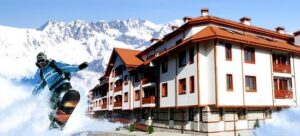
Ski school “Ulen” was founded by the company – the owner of all the ski lifts in the Bansko resort. This is the largest school in the region with excellent instructors who speak Russian. “Ulen” offers both group and individual skiing and snowboarding lessons. After passing the test on a small hill, groups of different levels of training are formed (from 3 to 12 people, depending on the season). Children who are already 7 years old can become full-fledged participants in group lessons. Lessons with children are held at the upper station of the gondola in a specially created park with conveyor belts, gentle slopes and bright accessories. After the basic exercises on the “children’s” hill are worked out, little skiers move to regular, not very difficult slopes to practice the acquired skills. For children aged 4 to 7 years, there is a kindergarten here, where they can spend time usefully for themselves. Indoor and outdoor games, lunch, ski pass and even ski lessons are included in the price of your stay at the garden.
4. PIRIN NATIONAL PARK:
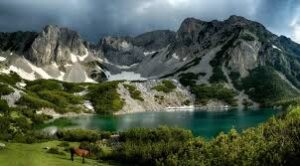
Pirin National Park was established in 1962 and has been a popular family holiday destination ever since. It is a ski and balneological resort, as well as a paradise for fans of trekking and other outdoor activities. It is located on the slopes of the most beautiful mountain range in the country, Pirin, in the southwestern part of Bulgaria, in the valley of the Mesta and Struma rivers. Its first name was Vihren National Park. Initially, it included the oldest reserves from 1934, which were created to preserve the virgin forests of Balkan and white-barked pine. Today, the entire territory of the park is divided into two protected reserves – Yulen and Bayuvi Dupki-Dzhindzhiritsa. They are strictly protected, so numerous representatives of the animal world feel completely at ease here, allowing you to get gorgeous shots for a photo album.
Particularly favorable conditions have been created for brown bears and wolves, which, unfortunately, are gradually leaving the unprotected forests. A part of the international tourist route Pyrenees – Alps – Rila – Pirin – Peloponnese with steep mountain paths and rare flat areas passes through the Bayuvi Reserve. On one of the trekking routes, passing in the Mandrata area, an information center “Vlahinska reka” was created, where you can learn a lot of interesting things about the history and development of the reserve. Photos of the routes of the Pirin National Park are so captivating that you want to set off immediately. However, in order to visit the reserve, you must first agree on an excursion with the administration. You can travel around the park strictly along the marked routes, and avid fishermen should immediately clarify in which rivers and lakes you can fish.
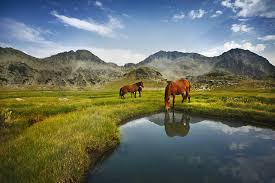
There are 8 tourist bases open on the territory of the park and 4 shelters for those who go on overnight hikes. Popina Laka waterfall is the starting point of one of the most popular routes, which has no age restrictions, so the whole family can participate. While walking along the park’s hiking trails, be sure to visit the small town of Sapareva Banya, famous for its springs and geysers with mineral water. Pirin National Park in Bulgaria welcomes visitors at any time of year. For those who enjoy the colorful natural landscapes, watch animals, go hiking and have picnics, it is best to come here in late spring, summer and early autumn. Ski lovers prefer winter, especially late February and early March, when everything is still covered with snow, but the temperature reaches a comfortable level of -5 ° C for walking, and there are many more sunny days. Those planning a trip for November or December should remember that this is the period with the greatest amount of precipitation.
- The park covers an area of 400 km2, although initially it was located on only 62 km2.
- The territory extends at altitudes from 1008 to 2914 m.
- The park area was last expanded in 1998.
- Multicolored granite and marble are the main components of the rocks.
- Vihren is the third highest peak on the Balkan Peninsula.
- Since 1983, the mountain landscapes have been protected by UNESCO.
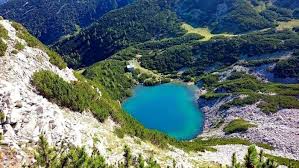
The Thracians once called the massif Orbelus (“Snowy Mountains”), the Slavic tribes called them Yudenitsa, and the Ottomans – Beride. The modern name of the mountains comes from the name Perun (the god of thunder and lightning in Slavic mythology). The landscapes are notable for their sharp peaks, steep scree slopes, and rocky watersheds. They are very similar to the Alps, which adds “stars” to the Pirin National Park in Bulgaria in international rankings. The fauna of the park is represented by 2090 species of invertebrates and 2000 species of animals and birds, among which you can find such rare specimens as the falcon or peregrine falcon, crested tit and golden eagle. The mountains are famous for their oak groves, fir, hornbeam and beech forests, as well as Macedonian and Bosnian pines, the age of which reaches 500 years. At the foot of Mount Vihren is the Baikushev Pine – the oldest tree in the country, 26 m high, which is already 1300 years old. Rare edelweiss and bright yellow Pirin poppy grow on the slopes. Positive and grateful reviews of the Pirin National Park do not ignore the town of Bansko, which is the best of the three ski resorts presented in this region due to the height of the peaks reaching 2900 meters. If you are interested in how to get to the Pirin National Park, then everything is very simple. From Sofia, along the E81 highway, there are many buses to the city of Bansko and other settlements – Simitli, Sadanski, Gotse Delchev, Razlog and Kresna.
5. RILA MONASTERY:
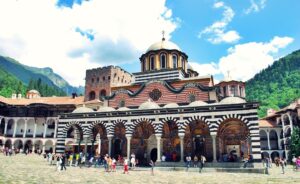
Rila Monastery is located in the southwestern part of Bulgaria, on the slopes of the mountain range of the same name between the rivers Drushlyavitsa and Rilskaya, famous throughout the region for their crystal-clear water and abundance of trout. Despite the fact that only 9 monks serve within the walls of the stone monastery, led by their mentor Bishop Evlogiy of Adrianople, it is the largest monastery in Bulgaria, which still lives a full spiritual life and is rightfully considered a real diamond in the treasury of Orthodoxy in the entire Balkan Peninsula. Such an unusual journey will be an invaluable experience for schoolchildren and students studying the history and religion of the countries.
History of the monastery:
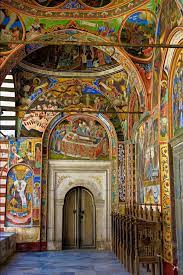
Rila Monastery in Bulgaria was founded in the 10th century immediately after the death of St. John of Rila the Wonderworker, who was born and lived in this region, in the village of Skrino. He took monastic vows in one of the monasteries of the Rouen Mountain when he was very young. A few years later, John set off on a journey through the mountain range, exploring little-known and virtually uninhabited places. John spent 12 years alone, settling in one of the caves. Then he climbed high into the mountains, where he lived for another 7 years. The hermit studied nature, collected medicinal herbs and prayed. Local shepherds told the residents of the surrounding villages about his wisdom and miraculous abilities. Many villagers at that time decided to become his disciples. Rumors about the saint reached the rulers of Bulgaria. Tsar Peter I himself corresponded with John from the city of Tarnovo. The miracle worker passed away on August 18, 946. After his death, his disciples founded a monastery and buried the hermit in it.
Pilgrims from all over the country flocked to the monastery to touch the relics of the saint. To this day, John is considered the heavenly patron of Bulgaria and the intercessor of the people before God. The first restoration of the monastery took place in 1334-1343. The local governor Hreljo Dragoval practically rebuilt it, since many buildings were destroyed by an earthquake. At the beginning of the 15th century, the monastery suffered again. This time, it was plundered by the Ottomans. However, after a few years, the monks managed to gain support from Rus’ and return to their former life. At the beginning of the 19th century, the monastery was partially damaged by fire, so it had to be restored again in 1834-1862. In 1976, the monastery was added to the list of national historical monuments, and in 1983 – to the UNESCO World Heritage List. In 2002, the head of the Roman Catholic Church, Pope John Paul II, visited the Rila Monastery in Bulgaria. Today, the monastery is considered an institution independent of the local diocesan authorities and reports directly to the synod.
